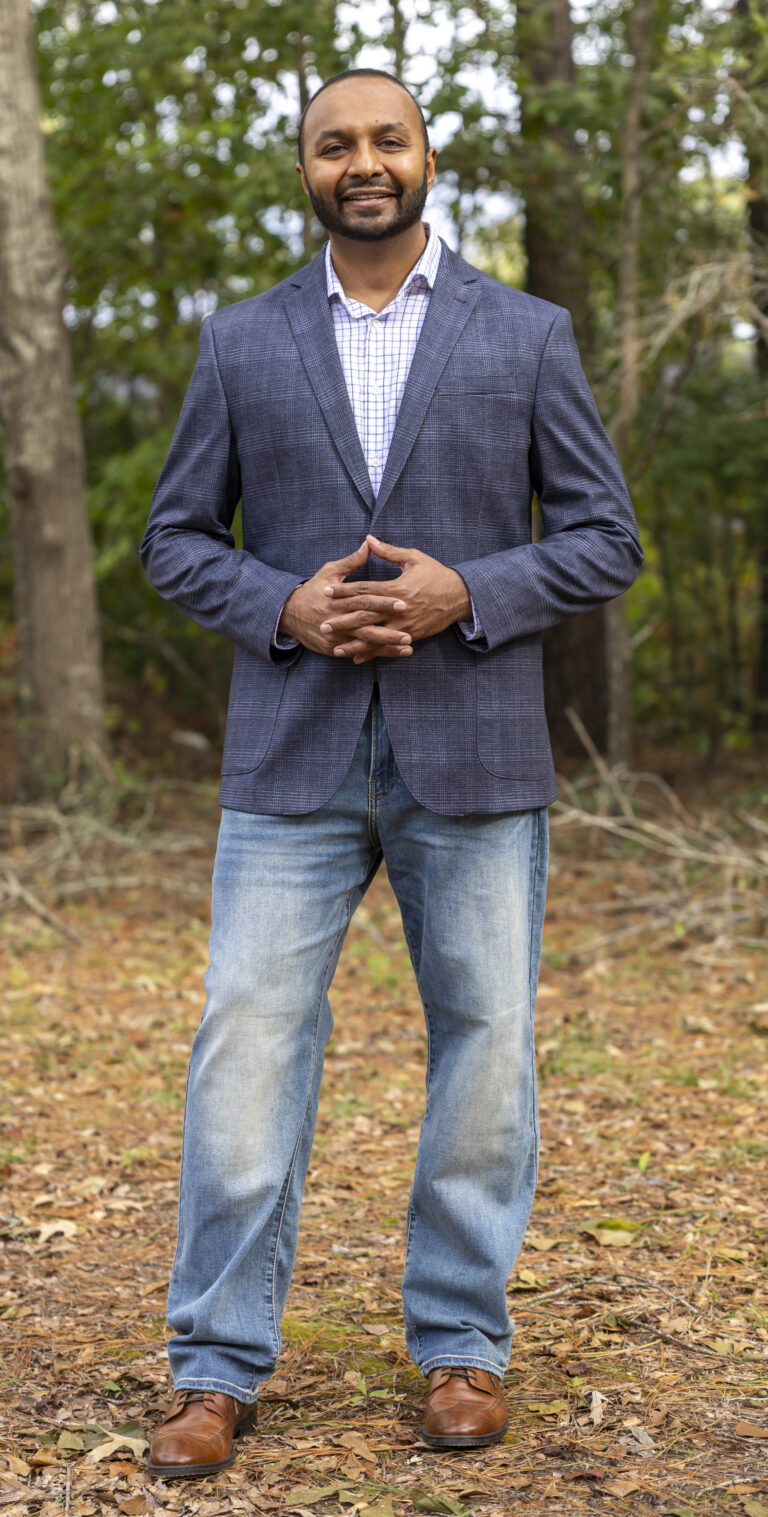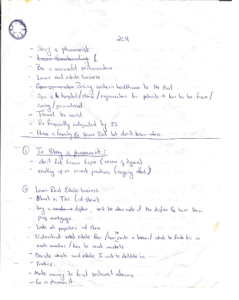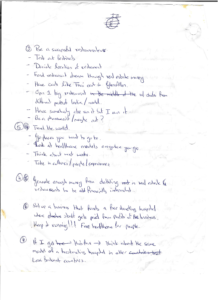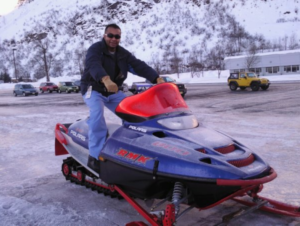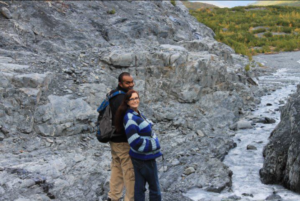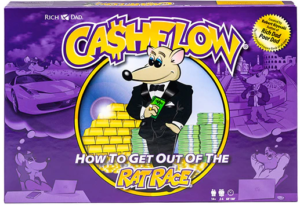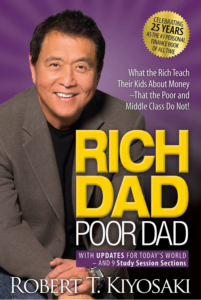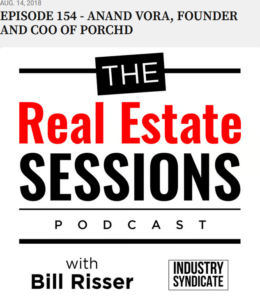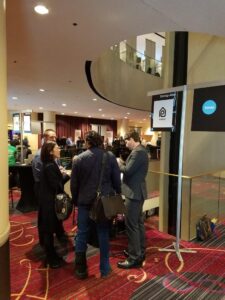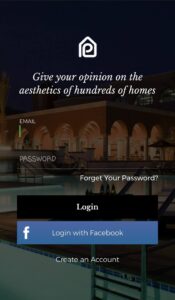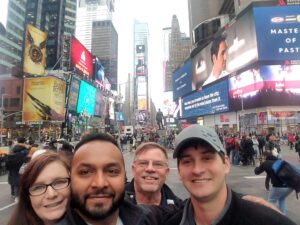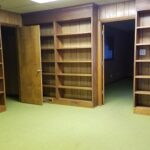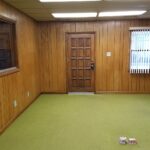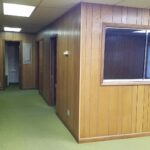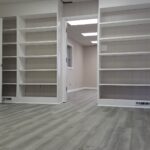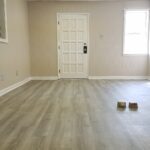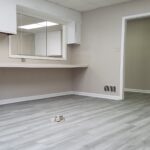THE JOURNEY...
THE JOURNEY...
TIMELINE - THE SHORT VERSION
It’s 2009, and fresh out of MCPHS–Boston, I’ve landed a Director of Pharmacy gig in Valdez, AK—a tiny, picturesque town that boasts about as many bears as people. During my first week, my training pharmacist, Steve, hit me with a question that stopped me in my tracks: “What would you do if the hospital doesn’t need you anymore and pharmacists start getting laid off?” (A question you really don’t want to hear during orientation, by the way.) That’s when Steve planted a little seed in my brain: real estate investing.
Fast forward to December 2010, on my birthday. I walk into the only Safeway in town and meet Aimee (then girlfriend, now wife) for the first time. Sparks flew over frozen pizza and canned soup, and before long, we were writing our life plan. Six months later, I checked a big box off that plan: owning a restaurant. Another six months after that? We sold the restaurant and learned something even more valuable than profit margins—we never want to own a restaurant again. Ever. Clearly, it was time for a new chapter (preferably one with fewer dishwashers and more opportunities for naps).
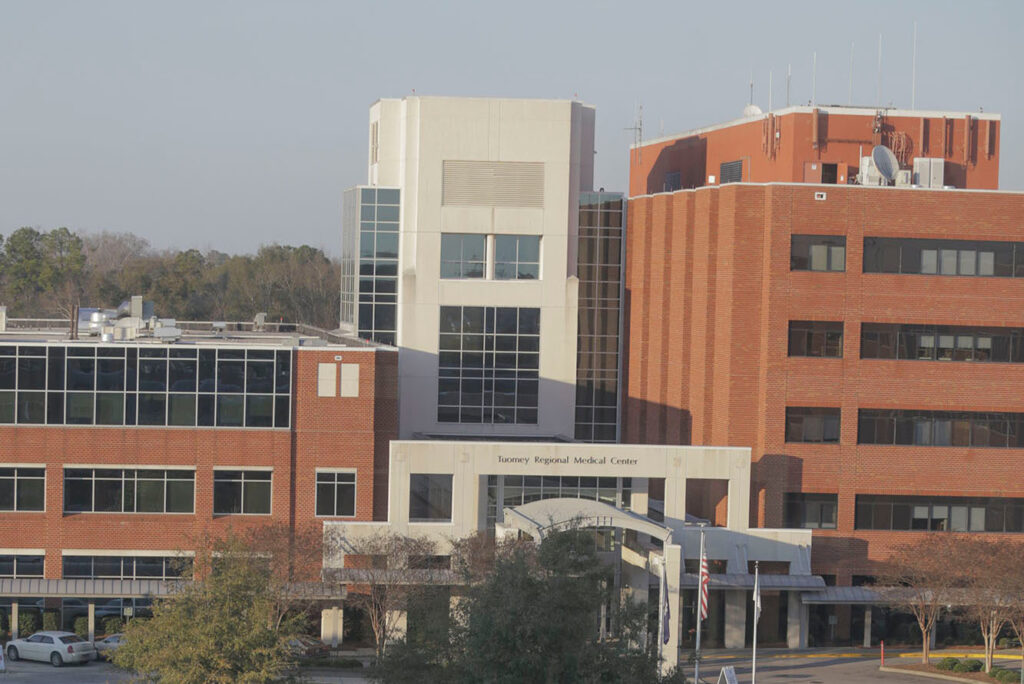
In 2011, Aimee and I packed up our trusty Coose trailer and waved goodbye to Valdez, AK, heading for Nashville, TN. Steve had invited us to learn real estate investing with him, and it sounded like an adventure (plus, how do you say no to a guy who introduced you to the concept of passive income?). But after about 10 days in Nashville, we realized the local vibe wasn’t quite our cup of green tea—or bourbon. So, we shifted gears and headed to Boston to visit my parents.
While in Boston, I stumbled upon a job opportunity in Florence, SC. Why South Carolina? Two reasons: I heard the barbecue was life-changing, and I wanted to see the cotton fields I’d read about in history class. Spoiler alert: the barbecue did not disappoint. I got the job, and Aimee and I hit the road again.
Two weeks into the new gig, I quit for reasons that were… let’s just say “unsavory” (and no, it wasn’t the barbecue). Thankfully, I landed another job at Tuomey Hospital in Sumter, SC. By 2012, I was rocking a 7-on-7-off schedule at the hospital, which finally gave me some breathing room to dive into real estate investing. Steve kept sending me books to devour, and Aimee cheered me on with all the enthusiasm of someone who knew this was going to be worth it.
But just when things were looking up, life threw a curveball, and I decided to leave Tuomey a year later. Let’s just say that Sumter—and real estate—were about to play a much bigger role in the next chapter of my story.
Ah, 2013—the year irony decided to be my life coach. I landed a job at McLeod in Florence, but after all the moving we’d done, I just couldn’t bring myself to pack up and relocate again. So, I did what any stubborn (and slightly tired) person would do: I commuted. During those long drives, I finished reading Robert Kiyosaki’s Rich Dad Poor Dad and even got hooked on playing the CashFlow game. Let me tell you, that book and game combo was like a one-two punch to my brain—it completely changed how I thought about money. Suddenly, renting felt like throwing cash into a bonfire, and buying my first home became my new mission.
Around the same time, I met Michael Pereira, a pro tennis player at the Palmetto Tennis Center. Like any good story, it started with some small talk and quickly escalated into deep conversations about escaping the rat race while rolling dice in CashFlow. Michael, Aimee, and I became fast friends, bonding over dreams of flipping homes, building rental empires, and basically living the good life.
Michael took the plunge first, buying a house on Baldwin Drive in Sumter with plans to fix it up and sell it for a profit after getting married. It was like watching the CashFlow game come to life—but with way more trips to the hardware store. Little did we know, this was just the beginning of a real estate journey that would reshape all our lives.
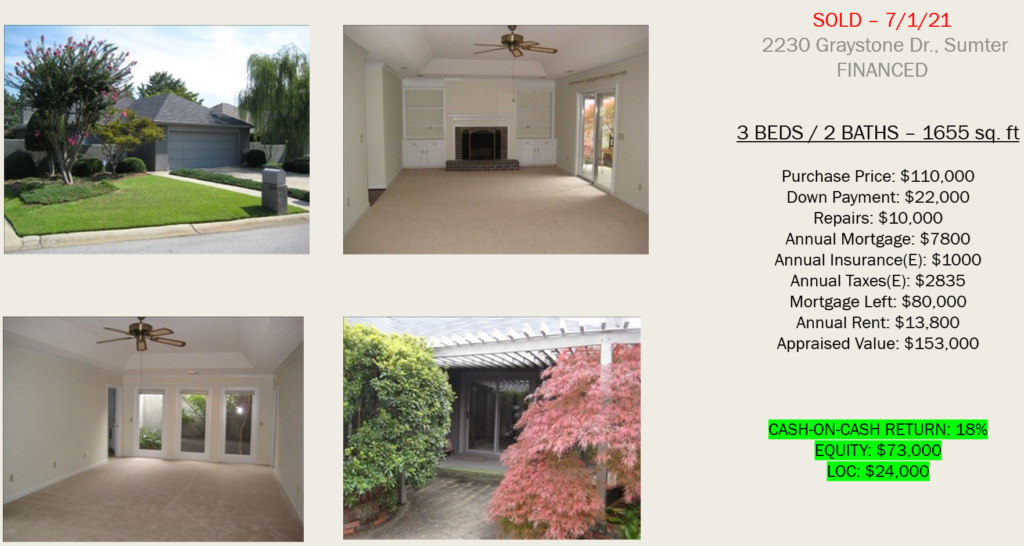
By 2014, I was ready to dive headfirst into real estate. No more talking, dreaming, or rolling dice in CashFlow—it was go time. Aimee and I bought our first house at 2230 Graystone Dr. in Sumter, SC. Let me tell you, it was a steal of a deal, but it definitely came with its quirks (read: lots of work needed inside). Michael was a little jealous—not that I blame him—but he was still cheering us on, probably while secretly hoping we’d get stuck in a renovation rabbit hole. Spoiler: we didn’t.
Meanwhile, commuting to Florence was wearing me down faster than a dull saw blade, so I made a career move to Walgreens on McCrays Mill Road in Sumter. It was like a double win: way less time behind the wheel and a steady paycheck. With my evenings and weekends finally freed up, Aimee and I decided it was time to tackle our first flip. Little did we know, this house wasn’t just a fixer-upper—it was the launchpad for our real estate adventure. And yes, it involved plenty of paint swatches, late nights, and “what were we thinking?” moments. But hey, that’s where the magic happens!
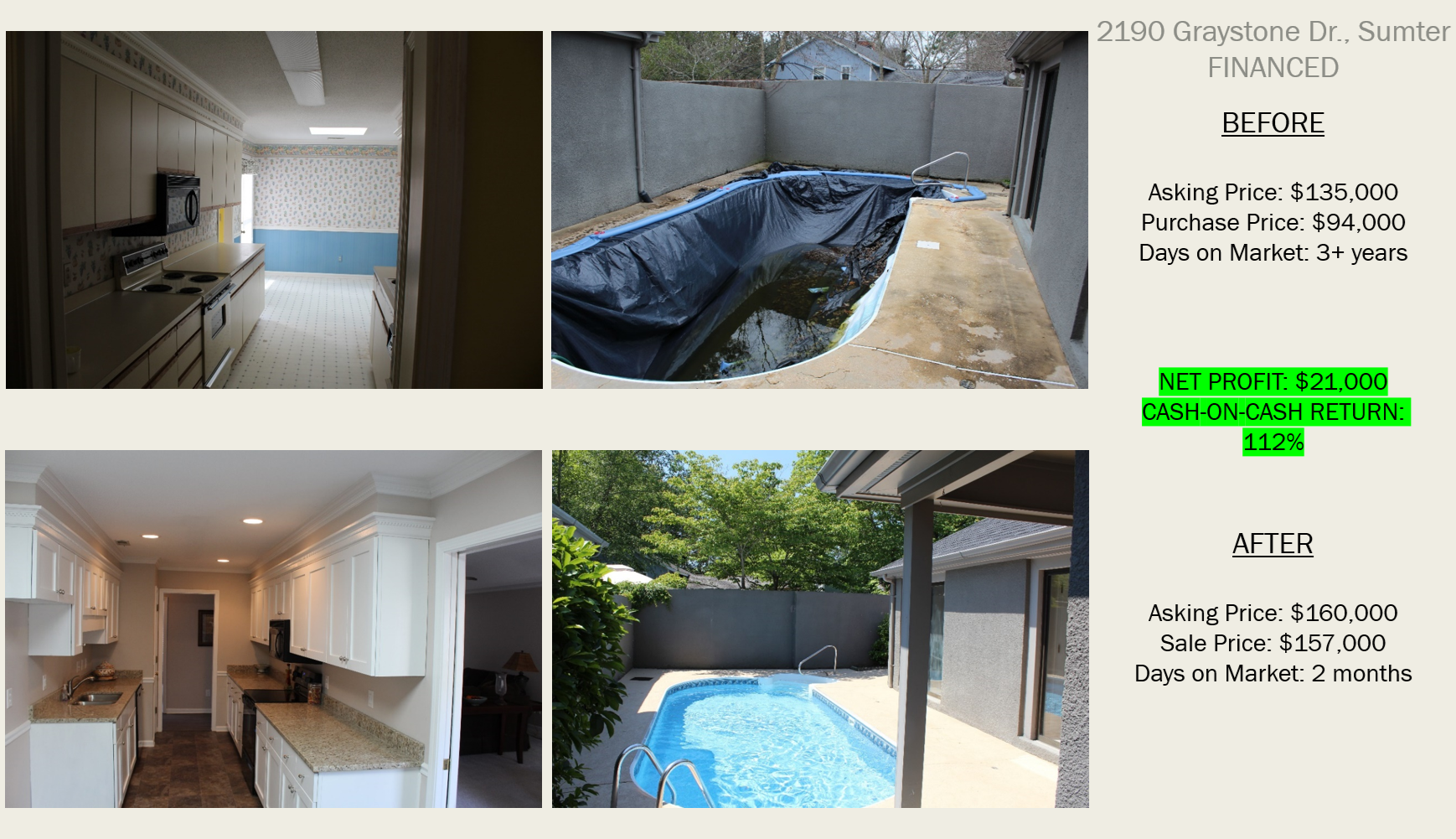
By 2015, the real estate bug had bitten me hard. I spotted a property just around the corner from our house—2190 Graystone Dr., Sumter, SC—and I couldn’t resist the urge to go after it. My first call was to my dad to see if he wanted to invest, but that idea fizzled faster than cheap fireworks. So, I turned to Michael, my real estate partner-in-crime. We ran the numbers, got excited, and then hit a wall: neither of us had enough saved for the down payment. Classic.
Enter Jimmy Jones, a fellow pharmacist and one of Michael’s tennis students at Palmetto Tennis Center. Michael pitched the idea to Jimmy, and just like that, our dynamic duo became the three musketeers of real estate. Armed with determination and calculators, we negotiated the property for thousands below list price. It felt like a major win—until tragedy struck (because what’s a good story without some drama?). Our contractor suddenly decided to jack up the price by $10,000, just because he could. Cue the collective facepalm.
For a moment, it seemed like all hope (and profit) was lost. But as the saying goes, behind every successful man is an incredibly smart woman—and in our case, that was Aimee. She pushed us to take charge, pick up the phone, and start calling subcontractors ourselves. With her encouragement, we dissected the project, supervised the work, and clawed our way to the finish line. In the end, we each walked away with $7,000 in profit—not a goldmine, but enough to prove we could do this.
Oh, and we also learned the difference between a good realtor and a bad one. But that’s a tale for another day. Let’s just say the lesson was worth every penny (and gray hair).
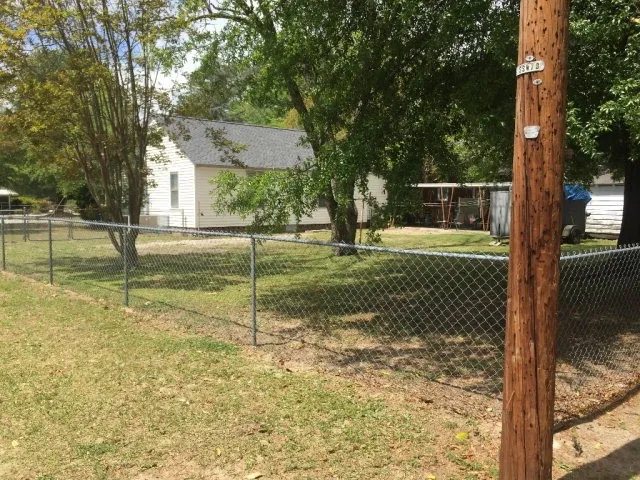
It’s 2016, and I’m riding high on life. Our first flip had turned a profit, and I was hooked. Real estate wasn’t just a hobby anymore—it was an addiction. I threw myself into networking with banks, contractors, and even the folks working at Lowe’s (pro tip: the paint aisle is a goldmine for connections). A whole new world had opened up, and I was determined to explore every corner of it.
Then our realtor, Charlie Fossett, brought us 3 Gerald St. in Sumter, SC. The rental numbers checked out, and I knew I had to make it happen. There was just one tiny problem: I didn’t have $36,000 lying around. So, I did what any financially savvy person would do when they want something they can’t afford—I opened a credit card. But not just any credit card. Oh no, this one was the holy grail of credit cards: 0% balance transfers for 21 months.
Some people call it risky. I call it resourceful. Either way, I was officially in the rental game, armed with nothing but grit, determination, and a shiny new line of credit. What could possibly go wrong? (Spoiler: more lessons, less regret.)
It’s 2017, and you could say real estate was practically pumping through my veins. Aimee and I, along with a few local investors, launched a bold new venture: Porchd. The concept was simple: create a platform where people could leave unbiased, anonymous ratings and feedback on residential properties. Sounds easy, right? Spoiler alert: it wasn’t. Building the website and apps felt more like running an ultra-marathon in flip-flops than a quick jog, but we were determined to see it through.
Fast forward to January 2018, and we were standing in the heart of Times Square, ready to launch Porchd at Inman Connect. The response? Unbelievable. By the end of day one, we’d connected with brokers from seven states, all excited to implement Porchd into their lead generation systems. By day two, we had meetings lined up with none other than CoStar, the biggest commercial property data provider in the country, and whispers of a potential acquisition were already in the air.
Looking back, it was a whirlwind, but one we wouldn’t trade for anything. Want a throwback to that incredible journey? Check out our podcast from 8/14/2018 for the full story—complete with the highs, the lessons, and all the behind-the-scenes chaos. Let’s just say, Porchd wasn’t just a venture; it was an adventure.
A few years passed, and we’d built up a solid track record of flips and added another residential rental to our portfolio. Aimee, ever the go-getter, became a real estate agent to help us push our goals even further. Along the way, we teamed up with George Wilson—better known as “Handsome George.” Not only did he share our vision, but he matched our hunger to grow. Things were rolling, but we suddenly had a new, Breaking Bad-style problem: what to do with all the money we were making from the flips?
At the time, we were tossing around the idea of buying a lot in the Western North Carolina mountains to turn into a glam camp. It seemed like the perfect plan—until life had other (better) ideas. Enter 19 N Harvin St., Sumter, SC, which came up for sale in 2020. We went to check it out, only to realize that only half of the building was on the market. The other half? Not for sale. My immediate reaction? Hard pass. I had no clue what to do with a half-owned commercial building, and the thought of diving into commercial real estate made me sweat more than the July heat in Sumter.
But Aimee? She saw the bigger picture. She tracked down the broker who’d previously listed the other half of the building and asked if they’d be willing to sell. To my surprise, they said yes. That’s when I turned into a spreadsheet-obsessed maniac—I ran the numbers 21 times (yes, really 21) because I was that nervous about buying our first commercial property.
In the end, we went for it. After the purchase, Aimee worked her magic and found renters for the building. Today, it stands proudly as one of the highest-grossing properties in our portfolio. So, was I nervous? Absolutely. Was it worth it? Without a doubt. Turns out, trusting Aimee’s vision was the smartest move of all.
It's 2021 and I heard Simon Sinek on Youtube:
“A company is just like a car. The purpose of a car is not to buy gas. The purpose of a company is not to make money. The purpose of a car is to go somewhere, and fuel helps you get there. The purpose of a company is to accomplish something to advance a greater cause, to contribute to society and money will help you get there."
Back in 2015, when we first started this company, the mission was pretty straightforward—like most new entrepreneurs, we just wanted to generate some extra household income through real estate investing. It was a hobby, a side hustle, something to help pay the bills and maybe fund a vacation or two. But, as it turns out, hobbies have a way of growing legs, sprouting wings, and taking over your life. Fast forward to today, and that little hobby has become a full-fledged business.
In 2021, I stumbled across a Simon Sinek video that stopped me in my tracks and made me take a good, hard look at the journey we’d been on. With multiple investments (and even more life lessons) under our belt, it became clear that our mission had outgrown its original form. It wasn’t just about making money anymore—it was about making decisions that benefited everyone involved, from our contractors and tenants to the neighborhoods we were working in.
And that’s where we are today: no longer just chasing income, but creating impact. What started as a side gig has turned into a purpose-driven business, and honestly, I wouldn’t have it any other way.
